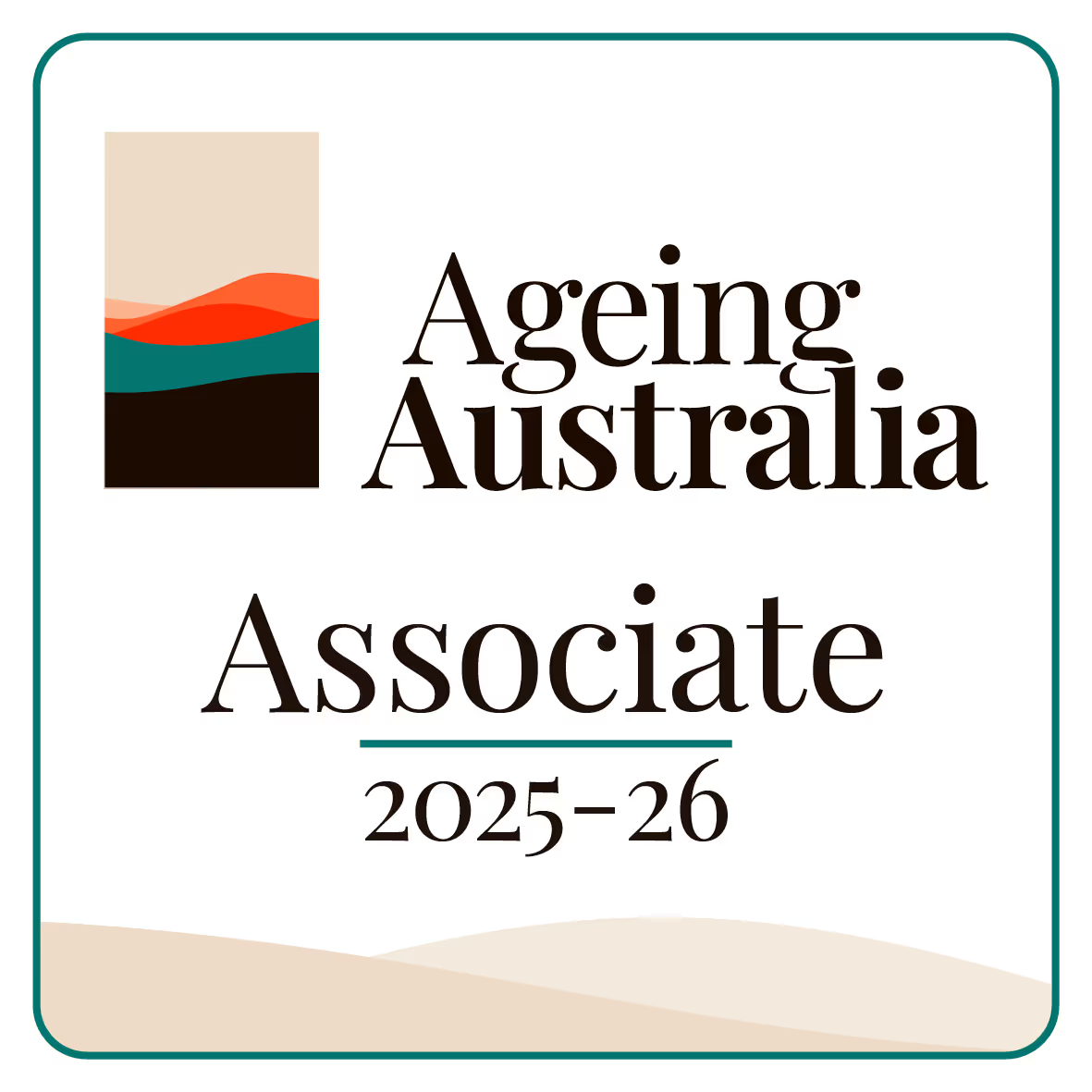What is the Aged Care Act 1997?
The Aged Care Act 1997 is a law passed by the government to set out the rules and guidelines for aged care services. This law explains how aged care services are provided, how they are funded, and what rights and responsibilities both residents and care providers have. The act provides a clear framework that helps to make sure that older people receive safe care and that their rights are protected. This law is used by care providers, residents, and their families to understand what to expect from aged care.
Why the Aged Care Act 1997 is Important
This law is important because it gives clear instructions that all aged care facilities must follow. The act is written so that every person, whether a resident, family member, or care provider, can read and understand their rights and duties. With these clear rules, older people are given a safe place to live and receive help. The act also makes it easier for care providers to operate their services in a way that is fair and open. By following the rules of this law, the system builds trust between the government, care providers, and the people who need care.
Key Provisions of the Aged Care Act 1997

The act covers many parts of aged care. Some of the main points in the law include:
- Rights of Residents: The law lists the rights that residents have when they live in an aged care facility. This includes being treated with respect and getting quality care.
- Responsibilities of Care Providers: The act explains what care providers must do. They must follow the guidelines on safety, cleanliness, and the quality of care. Care providers must also keep good records and follow the rules on funding.
- Funding for Aged Care: The law describes how aged care is paid for. It sets out the rules on government funding so that care providers have the money they need to run their services. This part of the law explains how financial support is given to help with the costs of aged care.
- Quality and Safety Standards: The act makes it clear that all care facilities must keep a safe and healthy environment for residents. There are regular checks and inspections to make sure that these rules are followed.
How the Act Helps Residents
The Aged Care Act 1997 is written to help older people receive the support they need. It makes sure that residents have a list of rights that they can use when talking with care providers. For example, the law says that residents should be given safe food, clean living areas, and the help of trained staff. When a resident believes that they are not getting good care, this law gives them a way to speak up. This written guidance helps to make the care system open and fair.
The Impact of the Act on Care Providers
.png)
For care providers, the Aged Care Act 1997 sets clear expectations. They must follow detailed rules on how to offer care. The law explains what they need to do to provide a safe, caring, and clean environment. With a clear guide in place, care providers can run their facilities with a clear plan. This guide makes it easier for them to meet the needs of the residents and to keep the facility in good condition.
How the Act is Reviewed and Updated
The government reviews the Aged Care Act 1997 from time to time. These reviews help to keep the law current and fair. When updates are made, all care providers and families are told about the new rules. This review process is a normal part of making sure that the law keeps up with changes in society and in the care needs of older people. Updating the law means that the aged care system can continue to provide good service and support to residents.
The Role of the Act in Daily Life
The Aged Care Act 1997 has an impact on the daily lives of residents and the work of care providers. Residents know that there is a law that protects their rights and that outlines the care they should receive. This knowledge gives them a sense of security. Care providers use the act as a guide to run their services, which helps to keep the living environment safe and pleasant. Families of residents can read the act to understand what to expect and to speak up if they believe that their loved one is not receiving proper care.
Final Thoughts
The Aged Care Act 1997 is a key law that shapes the way aged care services are offered. It gives clear rules on the rights of residents and the responsibilities of care providers. It explains how funding is managed and sets standards for quality and safety. By following this law, care facilities provide a safe and respectful environment for older people. The act makes a difference in the everyday lives of residents, helping them to live with dignity and support. With clear instructions and regular updates, the Aged Care Act 1997 plays an important role in making aged care a trusted service for older people and their families.






